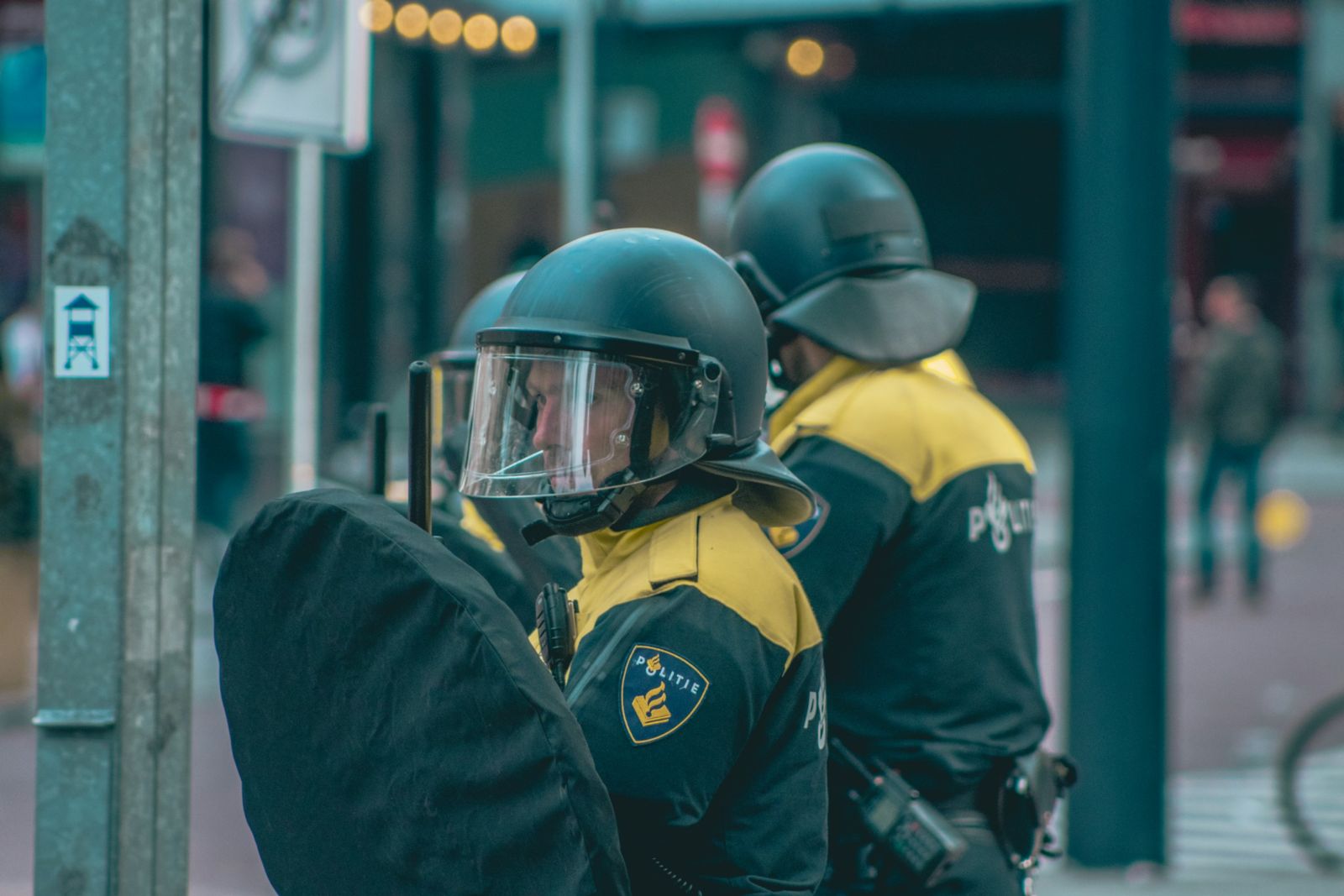The 2008 Constitution of The Netherlands (Kingdom of Orange) protects the “fundamental rights” of citizens and includes “the right to inviolability of his person, without prejudice to restrictions laid down by or pursuant to an Act of Parliament.” The right to life is not explicitly mentioned, but the Netherlands adheres to the United Nations International Covenant on Civil and Political Rights (ICCPR), and, as a member of the European Union, it also ratified the European Convention of Human Rights (ECHR).
Yet when it comes to legislation governing the use of force by police, the Netherlands does not align with international standards. The 1990 UN Basic Principles on the Use of Force and Firearms by Law Enforcement Officials has three main components: necessity, proportionality, and precaution. Similarly, the European Court of Human Rights emphasized in its Guide on Article 2 of the ECHR a broader responsibility for ensuring that law enforcement operations are conducted with the utmost care and respect for human life.
However, the guidance for the use of force and firearms by law enforcement officials in the Netherlands was recently updated in ways that undermine an individual’s right to life: necessity and proportionality are not explicitly described in the law, precaution is not required, and guidelines for specific situations requiring the use of firearms are omitted.
Dutch police and the use of force
In a 2019 Amnesty International briefing in response to the proposed amendment of the policing law, objections to the vagueness allowing the Dutch police to use firearms were presented to the Minister of Justice, to no avail. The UN Human Rights Committee equally objected to the updated 2019 Dutch law, recommending that the Netherlands align its guidance on the use of force with all relevant international standards.
Further review of the police legislation has occurred since—for example, in 2021, when the Dutch Parliament requested input from various experts on proposed changes to the existing law. One such expert, Dr. Timmer, provided a detailed analysis of police violence and associated criminal law, and noted that although the Dutch police like to portray themselves as friendly specialists in de-escalation, in proportion, the Dutch police actually cause a relatively high number of fatalities compared to neighboring countries. Moreover, instead of assessing police violence based solely on criminal law, Dr. Timmer argued that an independent, accessible, and transparent system of professional disciplinary law, with a framework based on applicable professional standards, could contribute to a more effective police disciplinary system. It was noted that a lack of targeted training increases the likelihood that officers, for example, use their firearms in situations that, with sufficient training, they might have been able to manage in a less severe way.
Most recently, in March 2025, a Dutch member of Parliament requested that the minister of justice answer questions about the independence of investigations into the use of force by police, noting that police officers rarely appear before a criminal court and that the Netherlands does not follow the rules of the European Court of Human Rights when assessing police violence. Although there doesn’t seem to be a clear driver for the more relaxed guidance on the use of firearms, the consequences for civilians and their right to life are chilling.
Dark Orange: A little-known statistic
As early as 2009, a comparison of shooting incidents in nine countries showed that the Netherlands ranked third, after the United States and Canada, in the relative number of deaths caused by police. Among all Western countries in the world with a population of more than one million, the Netherlands ranked third again in 2022 in the number (14) of police killings per ten million people; it ranked number one in Europe, with twice as many killings as the number two country (France); and it recorded ten times the number of killings per ten million people in 2022 than the most populous country, Germany. In comparison, countries with similarly low levels of crime and a strong reputation for safety, like Switzerland and Denmark, recorded zero police killings in the same year.
A 2022 study commissioned by the Dutch police themselves revealed that in more than half of fatal police encounters, the victims were having some mental issue or crisis at the time of the incident. While the police are expected to use force only on an escalating scale—i.e., use a baton first, then pepper spray, then a taser, and only as a last resort, a firearm—in almost half of all incidents, a firearm was used. The researchers recommended increased collaboration between police and mental health carers to provide better support for people in distress, instead of the police resorting immediately to the use of force.
Call to action: Revise Dutch police law in line with human rights
“If the only tool you have is a hammer, you will start treating all your problems like a nail.” This time-worn saying is clearly applicable to the Dutch police and their use of firearms. With rates of civilian gun ownership among the lowest in the world, crime rates similarly low, and relatively uncommon cases of violence against the police, the only plausible explanation for the Dutch outlier position in police killings is the current laws governing their use of force.
There is an urgent need to reform those laws and to implement tighter protection of innocent citizens by limiting the use of firearms by the Dutch police. Actions should include the requirement to adopt the “principle of precaution,” defined as minimizing the risk of lethal force in law enforcement operations, including by planning “upstream” measures to avoid situations where split-second decisions to pull the trigger arise, as the state’s duty.
Other reforms should include provisions for handling encounters with vulnerable individuals requiring mental health assistance, as well as training law enforcement officers to minimize the use of firearms when less intrusive means would be adequate. It is time to align the Netherlands with broader European human rights law around the use of force by police and citizens’ right to life.

